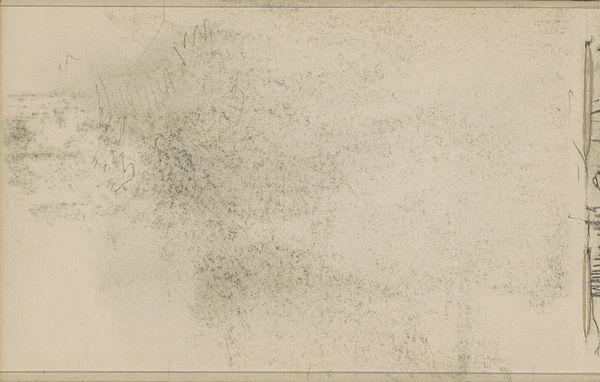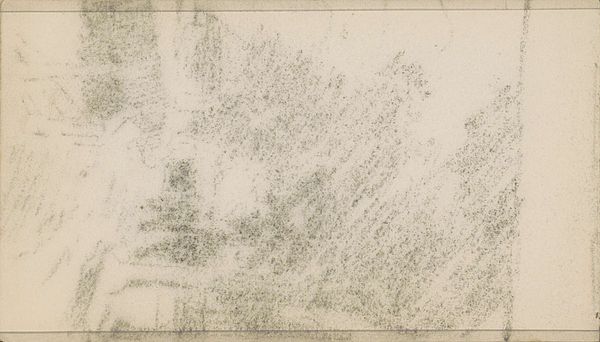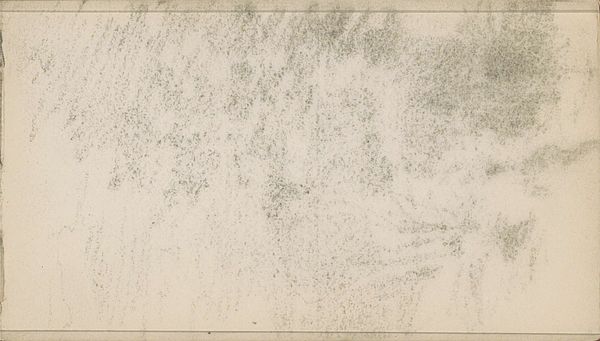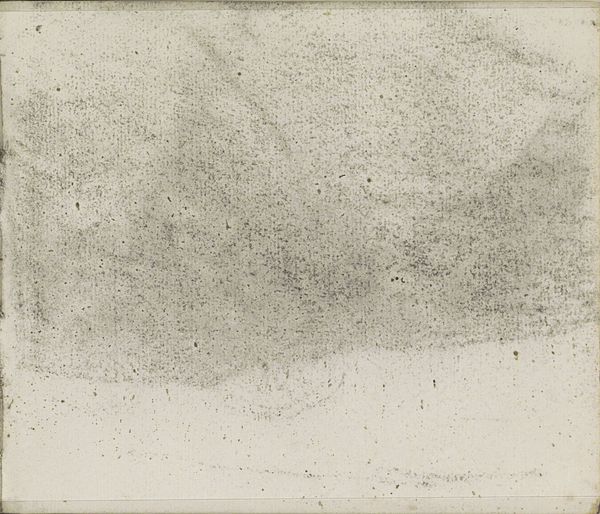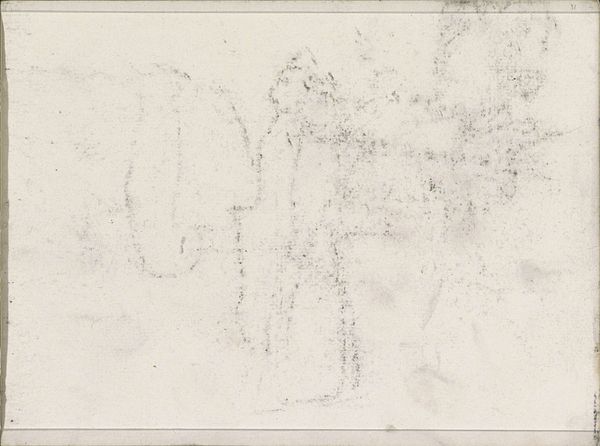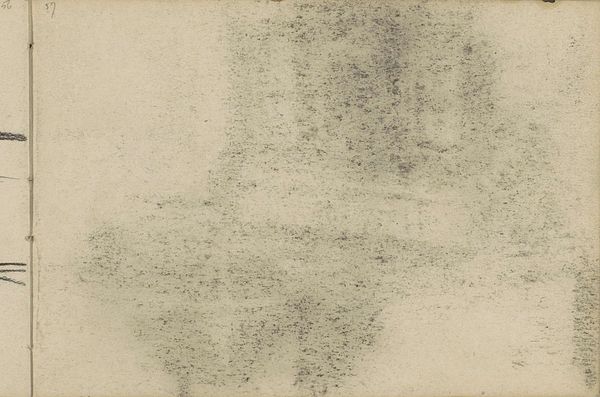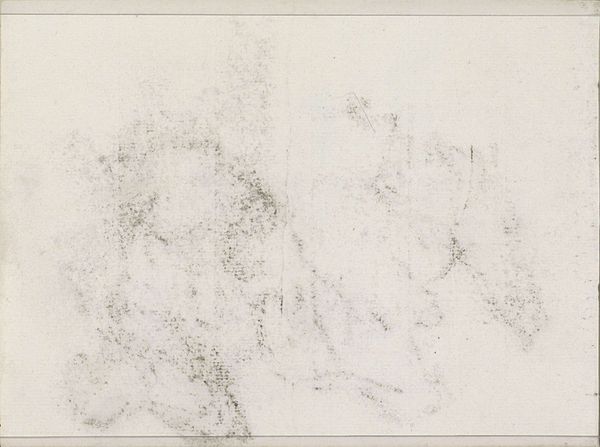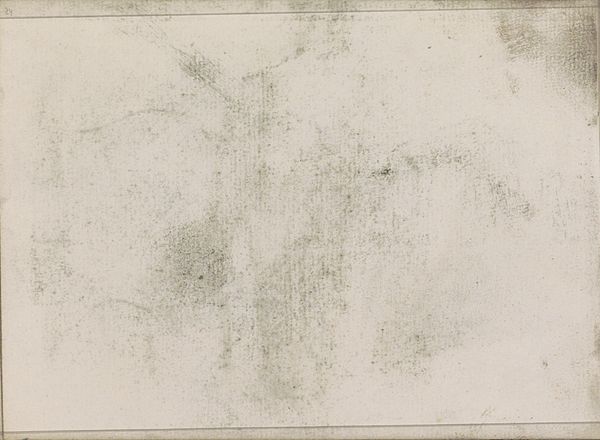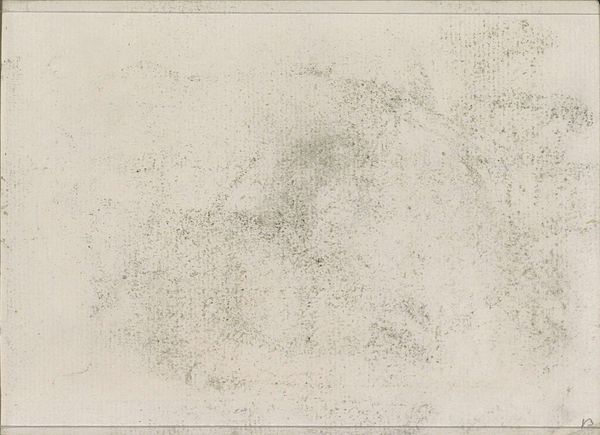
drawing, paper, pencil
#
drawing
#
impressionism
#
landscape
#
etching
#
paper
#
form
#
pencil
#
line
Copyright: Rijks Museum: Open Domain
Curator: Ah, I’m immediately drawn into this atmospheric world of delicate washes and muted tones. There is such restraint and gentle suggestion in the composition of "Abklatsch van de krijttekening op pagina 9 recto" made with pencil and chalk on paper by Anton Mauve. It's an evocative study of form dating sometime between 1848 and 1888, currently held here at the Rijksmuseum. Editor: Looking at this tracing or copy, I find myself thinking about the institutional pressures present during the Hague School. Was Mauve intentionally trying to align himself with established artistic norms or testing his boundaries within the then-contemporary art scene? It presents an interesting dichotomy. Curator: Or perhaps, the most enticing thing is to let ourselves sink into the hazy abstraction. Don’t you feel you can almost taste the cool damp air of the Dutch countryside within the quiet suggestion of it? The subtle textural gradations are the soul of landscape, that elemental breath we tend to idealize. I always see my beloved Dutch sky here. Editor: That might very well be. This study might have also served a purpose outside of art, say, it could be part of a broader study of the countryside for economic or infrastructural reasons, influencing public perception. Curator: That might explain the precision in the subtle linework! It gives a sense of vastness on such a small scale—the world is bigger than the surface would suggest. Editor: I agree; thinking about the landscape’s function within a changing society adds another layer to our comprehension of Dutch society's artistic engagement and representation during this time. It reminds us that art never exists in isolation. Curator: Yes! Even a simple study reveals complex and connected parts; sometimes it just takes time for their quiet nuances to resonate with those who perceive them. Editor: Absolutely. These silent works remind us to listen to the stories that visual imagery subtly tells about broader issues related to artistic conventions, institutional purposes, or cultural perception.
Comments
No comments
Be the first to comment and join the conversation on the ultimate creative platform.
